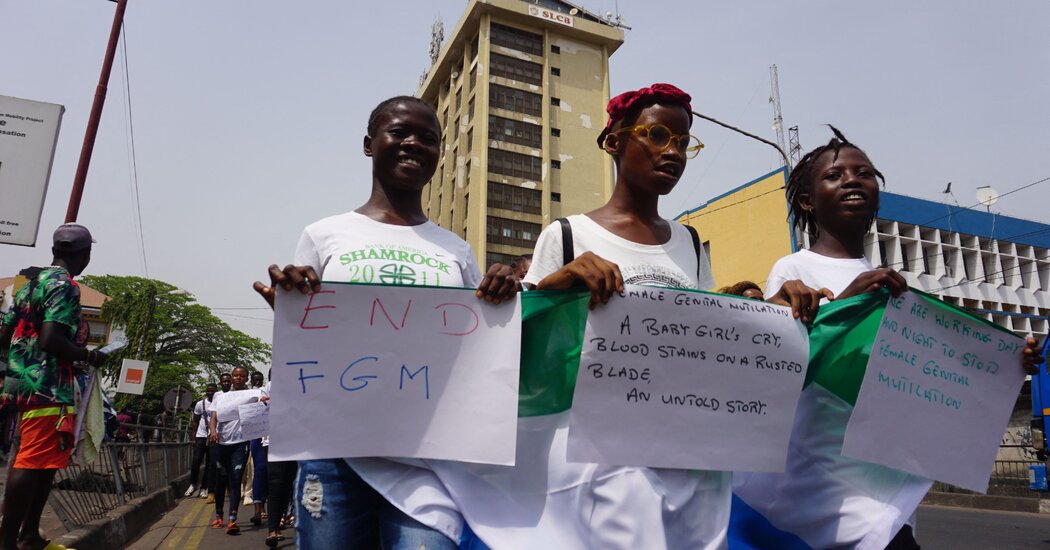Campaigns in some countries have reduced the practice, but it remains widespread in those with high rates of population growth.
More than 230 million women and girls around the world have undergone female genital cutting, according to a new analysis by UNICEF, an increase of 30 million since the organization’s last global estimate in 2016.
While the data shows that in some countries a new generation of parents have chosen to forgo the practice, in other countries laws and campaigns against it have had no impact. In Burkina Faso, the share of girls aged 15 to 19 years who have undergone cutting has fallen to 39 percent from 82 percent over the past three decades. But in Somalia, where an estimated 99 percent of women have had their clitoris excised, the level of cutting has not changed.
Because the countries where the practice is most prevalent are also those with the highest rates of population growth, the overall number of girls who are subject to cutting is growing each year.
“The total number of women and girls is 15 percent higher than the last estimate,” said Claudia Cappa, an expert on global trends in female genital cutting with UNICEF. “The progress that has been made is too slow compared to the growth of the population of girls who are born each day in the countries that are most affected.”
The United Nations has set the goal of eliminating female genital cutting by 2030, but change would need to be occurring 27 times faster than the current rate to meet that goal, she said.
